Overview: 7-Segment Displays 1-Digit & 4-Digit
The 7-Segment Displays (1-Digit & 4-Digit) are compact LED modules designed to present numeric information clearly and efficiently. Each display uses seven individually controllable segments plus a decimal point to form digits 0 through 9. Offered in single-digit and four-digit variants, these modules are ideal for projects ranging from simple counters to multi-digit timers and measurement readouts.
Key Features
- Multiple configurations: choose between 1-digit for simple readouts or 4-digit for multi-digit values.
- Bright LED segments that deliver excellent contrast and readability indoors and in shaded outdoor environments.
- Color choices: red, green, blue, yellow (availability varies by model; check product listing).
- Simple microcontroller interfacing: compatible with Arduino, Raspberry Pi, and most MCU platforms.
- Energy-efficient design suitable for battery-powered applications.
- Robust construction for long-term reliability in prototyping and production hardware.
Technical Specifications
- Display Type: 7-segment LED display
- Digit Options: 1-digit and 4-digit
- Typical Supply Voltage: 5V (verify the specific model datasheet for exact requirements)
- Segment Colors: Red, Green, Blue, Yellow (model-dependent)
- Package Options: Common anode and common cathode variants are commonly available
- Power Notes: Low-power operation; use current-limiting resistors or dedicated driver ICs as required
Interfacing and Control
These 7-segment displays are straightforward to integrate with microcontrollers. Typical connection and control methods include:
- Direct drive for single-digit displays using current-limiting resistors.
- Multiplexing for 4-digit displays to reduce I/O pin usage.
- Common driver ICs and modules: MAX7219, TM1637, 74HC595 shift registers for easier wiring and reduced MCU overhead.
- Supported platforms: Arduino libraries (TM1637, SevSeg, LedControl), Raspberry Pi GPIO control and Python libraries for common drivers.
- Best practices: always include appropriate resistors, check common-anode vs common-cathode wiring, and consult the datasheet for pinouts and timing limits.
Wiring Tips
- Confirm pinout and common type before wiring to avoid damage.
- Use a current-limiting resistor per segment or a dedicated constant-current driver for consistent brightness.
- When multiplexing, ensure refresh rates are high enough to prevent flicker (typically above 100 Hz).
Typical Applications
- Digital clocks and countdown timers
- Scoreboards, counters, and lap timers
- Measurement instruments such as voltmeters and ammeters
- Control panels and status readouts in industrial and consumer electronics
Installation and Usage Tips
- Choose the digit count and color that best fit visibility and aesthetic needs.
- Test with a breadboard and current-limiting resistors before soldering into final hardware.
- Check operating voltage and wiring diagrams in the supplied datasheet for the exact model.
- For multi-digit displays, consider using driver ICs to simplify wiring and software.
Ordering and Model Selection
When ordering, verify whether the model is common anode or common cathode, the exact color options, and the pinout. Datasheets and product listings will provide detailed electrical parameters and mechanical dimensions.
Note: Images are for illustration purposes only. Actual product appearance and available colors may vary depending on model and manufacturer. Always consult the product datasheet before use.

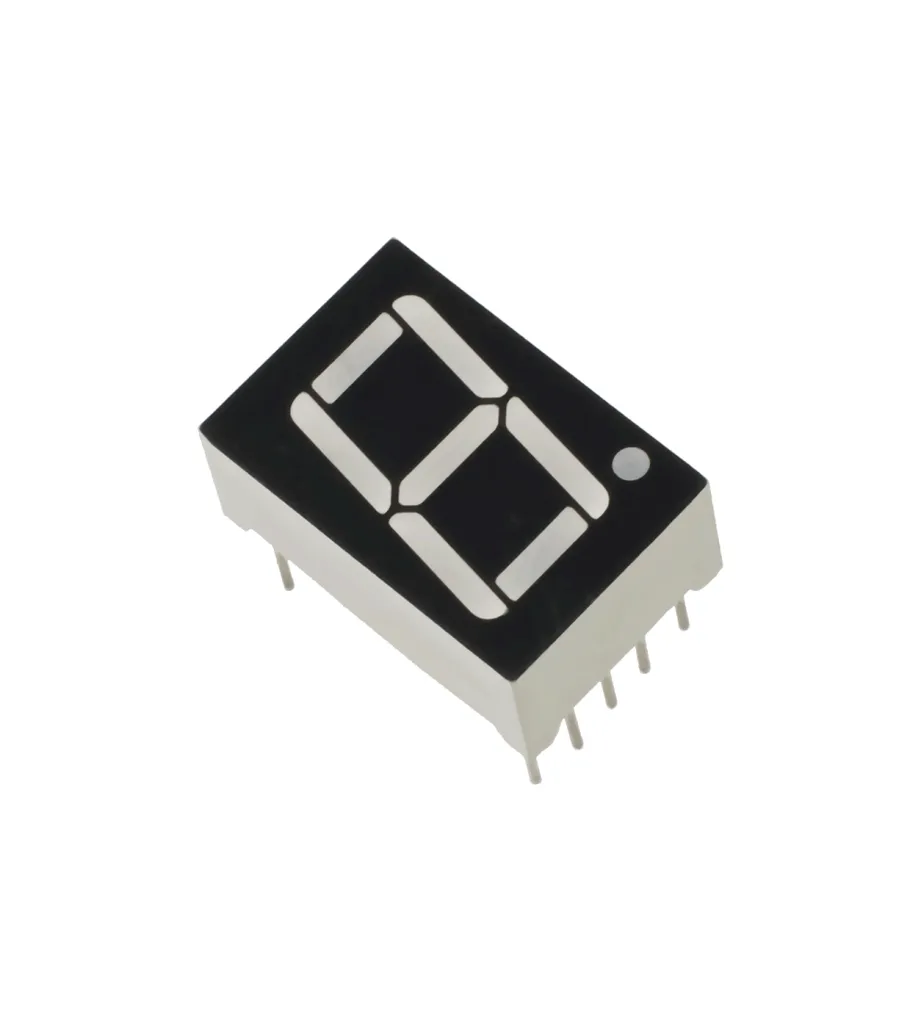
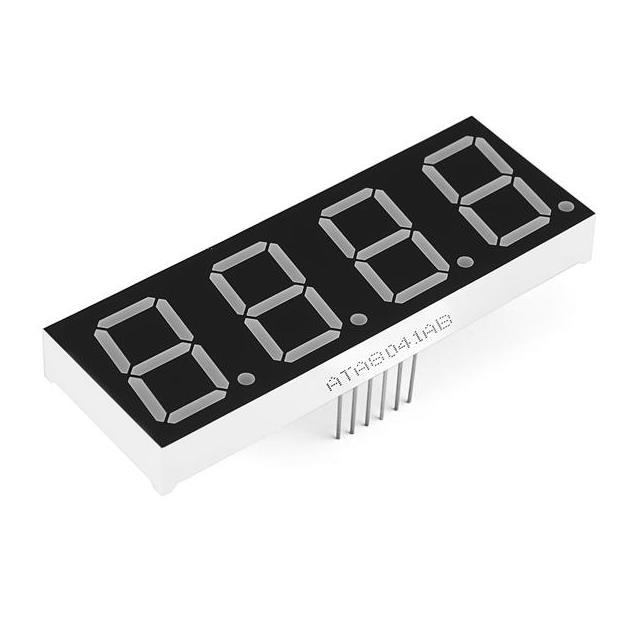
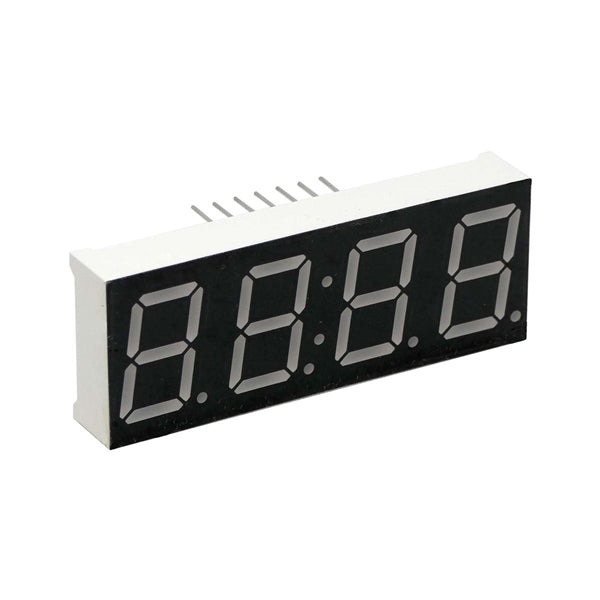

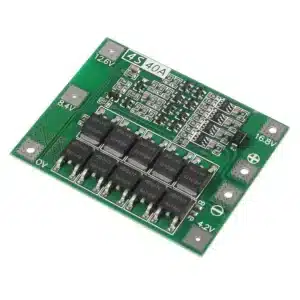
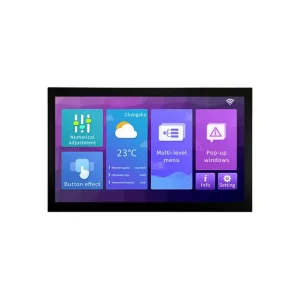
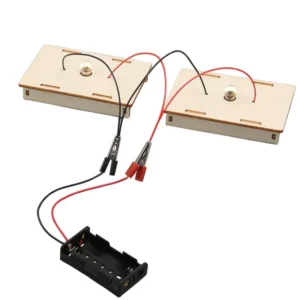
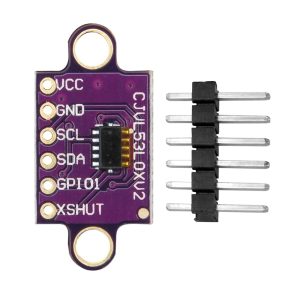
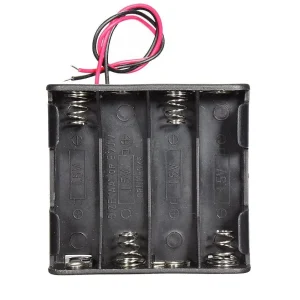
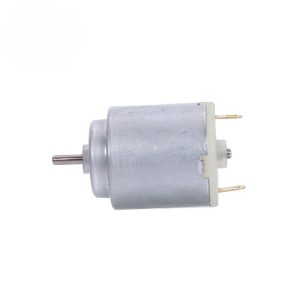
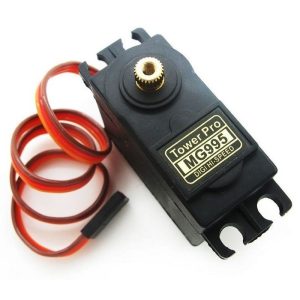
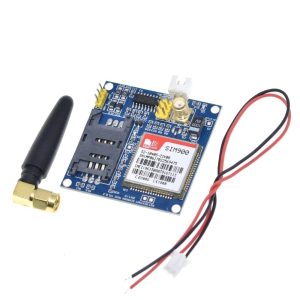
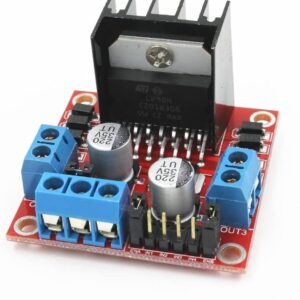
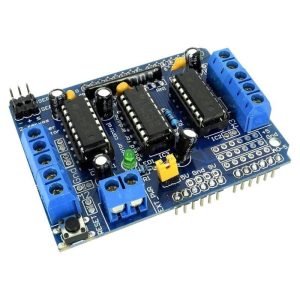

Reviews
There are no reviews yet